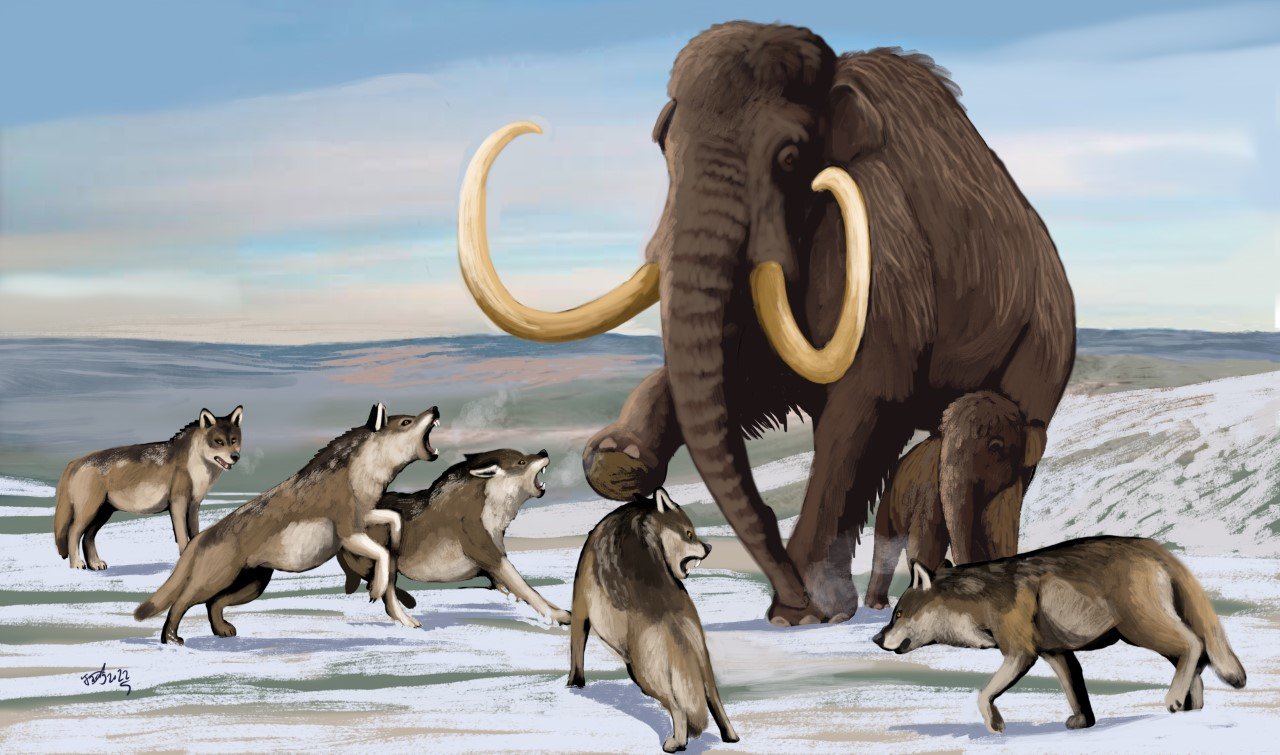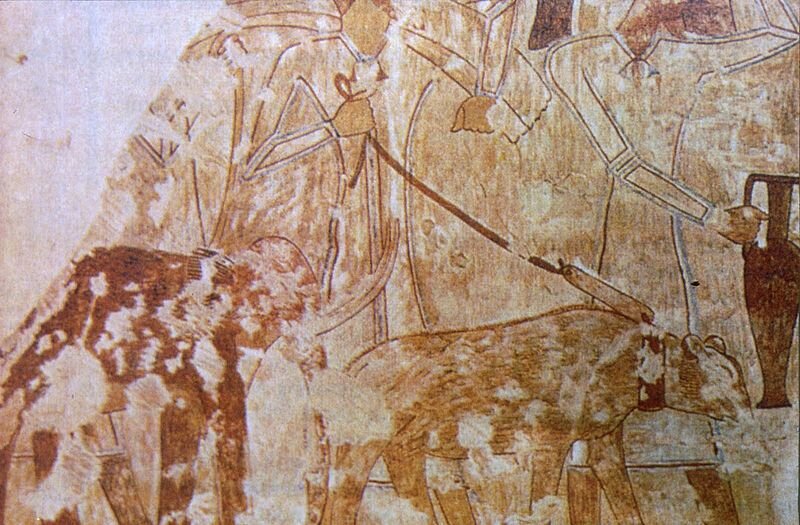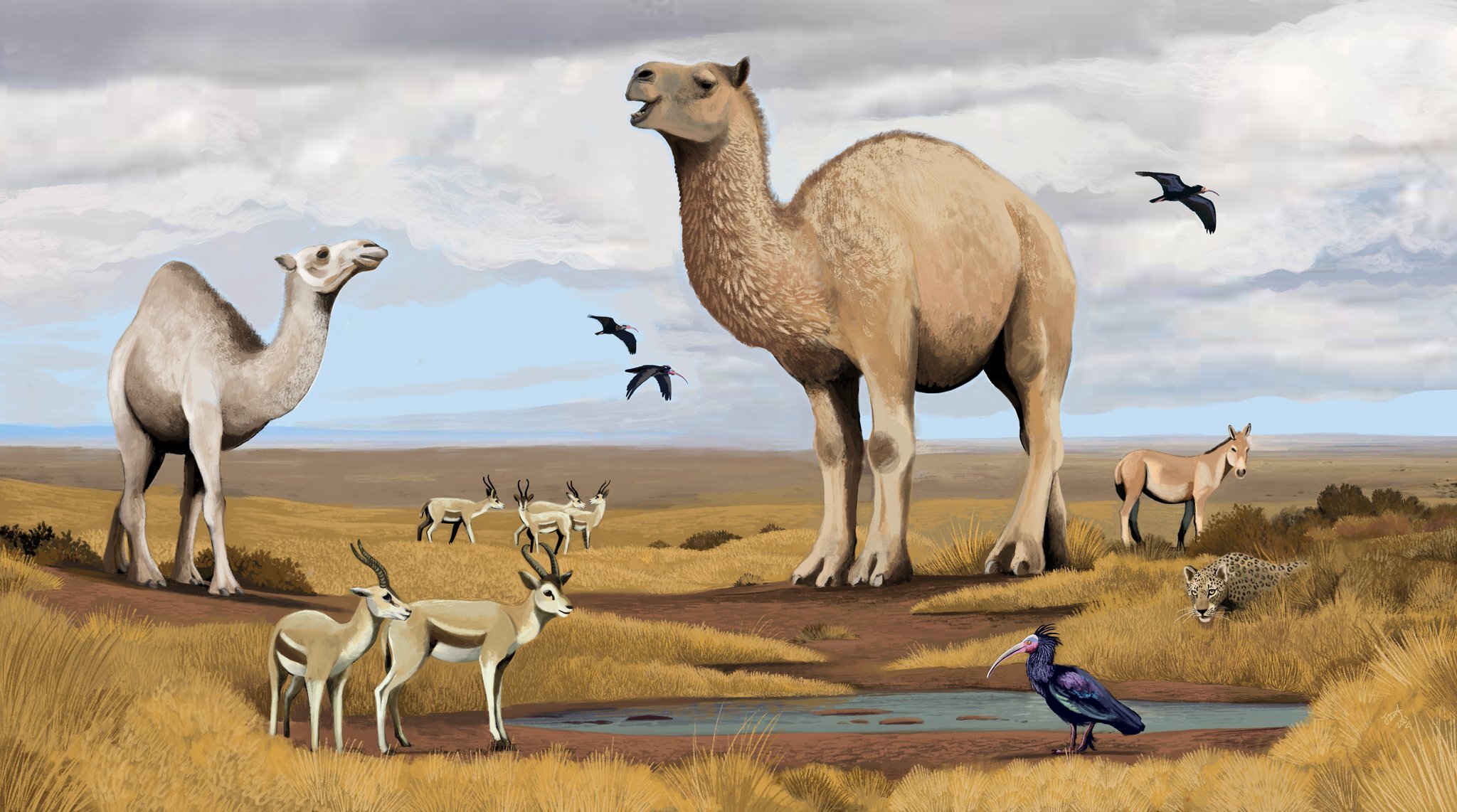
Evolutionary Anachronisms in The Western Palearctic – Part I: Puzzling Pomes
In their 1982 paper Neotropical Anachronisms: The Fruits the Gomphotheres Ate, Daniel H. Janzen and Paul S. Martin defined it as a trait of a plant that is inexplicable unless seen in the backdrop of its evolutionary past. For instance, Gymnocladus dioicus, a tree in the legume plant family Fabaceae that is native to the eastern United States, produces seed pods that are poisonous to mammals, unbreakable to rodents and impervious to water, yet depend on all of these for dispersal since the seeds, the largest in the continental United States, are too heavy to be carried by wind anywhere far. As a result, each year the parent tree will produce pods that fall to the ground, where they slowly decompose over the years, even in seemingly natural habitat. This is odd because the fruit of any plant is always intended as a diaspore. Plants have outbid each other over millions of years in attempts to produce the most sophisticated designs that will allow their unborn offspring to travel and germinate a preferably long distance away from the parent. So, if the Kentucky coffeetree, as it is also called, fails so miserably at dispersing seeds away from the parent tree, despite an elaborate diaspore, one is compelled to ask, why?.

Changing the Guard: Extinction and Migration in Ice Age America
At the end of the Pleistocene, North America saw the extinction of about 70% of its megafauna guild - a catastrophic event, the cause of which is fiercely debated today. The magnitude of this loss may however be a conservative figure, a suspicion that arises when perusing the list of ‘surviving’ mammalian megafauna, because many also are present in Eurasia.

Elephants of the Aegean - Dwarfs and Giants of the Ancient Sea
The very words “dwarf” and “elephant” seem to us today utter contradictions, yet it was not always so. The Aegean, the blue heart of Greece, was once home to not one but dozens of diminutive elephants, scattered across the ocean’s myriad isles, isolated for hundreds of thousands of years. Until they weren’t.

The Mysterious Origins of the Dromedary
Dromedaries have been one of the most important domesticated animals in human history, yet their origins remain unclear. Fossils are restricted to the Holocene and their affinities to other species a matter of debate.
